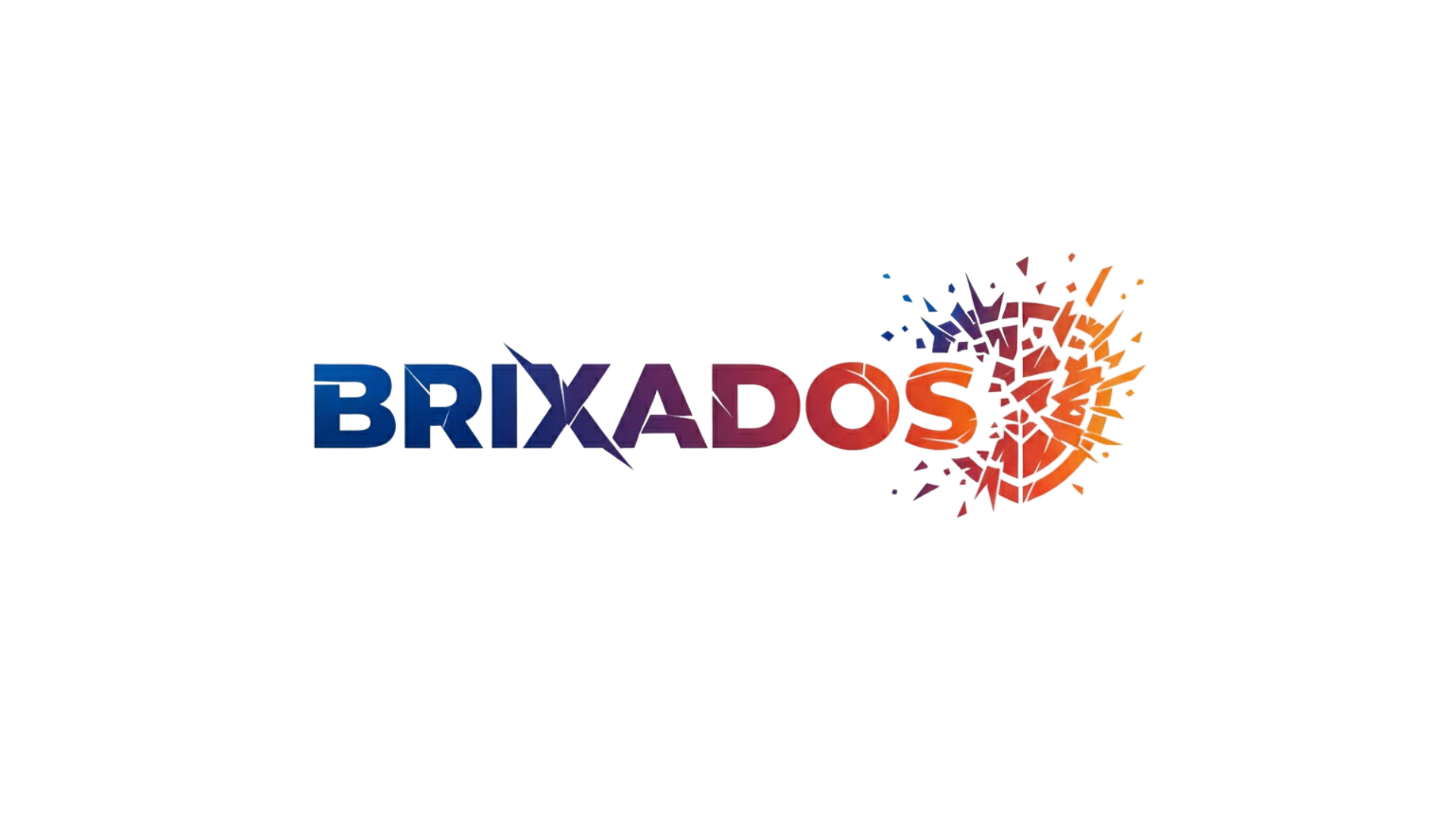Understanding emotional patterns transforms how we relate to others, offering a profound pathway to deeper human connection and empathy in both personal and professional relationships.
Every day, we navigate a complex web of human interactions, each colored by invisible emotional currents that shape our responses, behaviors, and connections. Yet most of us move through life unaware of these powerful patterns that govern not only our own reactions but also those of everyone around us. Emotional patterns are the recurring ways we feel, think, and behave in response to specific situations or triggers, forming the blueprint of our psychological landscape.
These patterns begin forming in early childhood and continue evolving throughout our lives, influenced by our experiences, relationships, and environments. They function like emotional software running in the background, automatically processing information and generating responses before our conscious mind even realizes what’s happening. When we learn to recognize and understand these patterns—both in ourselves and others—we unlock an extraordinary tool for building meaningful connections and navigating the complexities of human relationships.
🧠 The Science Behind Emotional Patterns
Neuroscience has revealed fascinating insights into how emotional patterns develop and persist in our brains. The limbic system, particularly the amygdala, plays a central role in processing emotions and creating emotional memories. When we experience significant emotional events, our brain encodes these experiences along with the contextual information surrounding them, creating neural pathways that become strengthened through repetition.
Research in neuroplasticity demonstrates that these pathways become more efficient with use, explaining why we tend to respond in similar ways to similar situations. The hippocampus helps contextualize these emotional experiences, while the prefrontal cortex allows us to regulate and modify our emotional responses consciously. Understanding this biological foundation helps us appreciate why emotional patterns feel so automatic and why changing them requires deliberate effort and awareness.
Mirror neurons, discovered in the 1990s, provide additional insight into how we connect with others emotionally. These specialized brain cells fire both when we perform an action and when we observe someone else performing the same action, allowing us to literally feel what others are experiencing. This neurological mechanism underlies our capacity for empathy and explains why understanding emotional patterns in others creates such powerful connections.
Recognizing Your Own Emotional Blueprint 🔍
Self-awareness forms the foundation of understanding emotional patterns. Before we can recognize patterns in others, we must first map our own emotional territory. This process begins with mindful observation of your emotional responses throughout daily life. Pay attention to situations that consistently trigger strong feelings—whether positive or negative—and notice the thoughts and behaviors that accompany these emotions.
Many people discover they have predictable emotional responses to specific triggers: criticism might automatically trigger defensiveness, unexpected changes might provoke anxiety, or social gatherings might generate excitement or dread. These consistent reactions reveal our emotional patterns. Keeping an emotion journal can be invaluable during this discovery process, allowing you to track patterns over time and identify correlations you might otherwise miss.
Consider the physiological signals that accompany your emotional patterns. Does your chest tighten when you feel anxious? Does your face flush when you’re embarrassed? These bodily sensations often provide the first clues that an emotional pattern is activating, sometimes even before you consciously recognize the feeling. Learning to read these signals creates an early warning system that allows for more conscious choice in how you respond.
Common Emotional Pattern Categories
Psychological research has identified several fundamental emotional patterns that appear across cultures and individuals, though the specific triggers and intensity vary widely:
- Attachment patterns: How we seek and maintain closeness in relationships, ranging from secure to anxious or avoidant styles
- Stress response patterns: Whether we typically fight, flee, freeze, or fawn when facing perceived threats
- Self-worth patterns: Automatic thoughts and feelings about our value, competence, and lovability
- Control patterns: Our relationship with certainty, predictability, and influence over our environment
- Expression patterns: How we communicate emotions—openly, guardedly, explosively, or suppressively
Each category contains multiple variations, and most people exhibit different patterns in different life domains. You might have secure attachment patterns with friends but anxious patterns in romantic relationships, or feel confident expressing joy but struggle with vulnerability around sadness.
Reading Emotional Patterns in Others 👥
Once you’ve developed awareness of your own emotional landscape, you can begin recognizing patterns in others. This skill transforms relationships by allowing you to anticipate needs, avoid unnecessary conflicts, and provide appropriate support. However, it’s crucial to approach this practice with humility and openness, recognizing that our interpretations may be incorrect and should always be held lightly.
Observation is your primary tool for detecting emotional patterns in others. Notice consistency in how someone responds to similar situations over time. Does a colleague always become quiet and withdrawn after team meetings? Does your partner consistently become irritable when discussing finances? Does a friend repeatedly decline social invitations with last-minute excuses? These repeated behaviors suggest underlying emotional patterns worth understanding.
Body language provides rich information about emotional states and patterns. While specific gestures can vary across cultures, certain patterns remain relatively universal: physical withdrawal often indicates discomfort or fear, animated gestures suggest engagement or excitement, and subtle facial micro-expressions reveal emotions people may be trying to conceal. Learning to read these non-verbal cues requires practice and attention, but it dramatically enhances your ability to understand others’ emotional experiences.
The Art of Empathetic Inquiry
Direct communication remains the most reliable way to understand someone’s emotional patterns. However, asking effectively requires skill and sensitivity. Rather than making assumptions or offering unsolicited interpretations, use curious and non-judgmental questions to invite people to share their experiences.
Phrases like “I noticed you seemed uncomfortable when… Would you be willing to share what was happening for you?” or “I’m curious about how you’re feeling about this situation” create openings for authentic sharing without imposing your interpretations. The goal is to learn their perspective, not to demonstrate your perceptiveness or fix their problems.
Active listening amplifies the effectiveness of empathetic inquiry. This means giving your full attention, suspending judgment, and reflecting back what you hear to ensure understanding. When someone shares their emotional experience, resist the urge to immediately relate it to your own experiences or offer solutions. Simply being heard and understood is often what people need most.
Breaking Free from Limiting Patterns ⚡
Awareness of emotional patterns is the first step, but transformation requires intentional effort. Not all emotional patterns serve us well; many were adaptive in past circumstances but have become limiting in current life. The pattern of emotional guardedness that protected a child in an unpredictable household may prevent an adult from forming intimate relationships. The perfectionism that earned approval in school may create paralyzing anxiety in professional life.
Cognitive behavioral therapy (CBT) offers proven techniques for modifying emotional patterns by addressing the thoughts that trigger and maintain them. By identifying and challenging distorted thinking patterns—such as catastrophizing, black-and-white thinking, or mind-reading—we can interrupt automatic emotional responses and create space for more adaptive reactions.
Emotional regulation skills provide practical tools for managing intense feelings when old patterns activate. Techniques such as deep breathing, progressive muscle relaxation, grounding exercises, and mindful awareness help regulate the nervous system and prevent emotional hijacking. Regular practice of these skills builds emotional resilience and expands your capacity to choose responses rather than react automatically.
The Power of Intentional Pattern Interruption
Changing emotional patterns requires creating new neural pathways through repetition of different responses. This process, called pattern interruption, involves deliberately choosing a different response when you notice an old pattern activating. If your typical pattern is to withdraw when hurt, you might practice expressing your feelings directly. If you tend to become aggressive when feeling threatened, you might practice taking a timeout to calm down first.
The key is consistency and self-compassion. New patterns take time to establish—neuroscientists suggest it requires approximately 60-90 days of regular practice for new neural pathways to become automatic. During this period, you’ll likely slip back into old patterns frequently. Rather than viewing these moments as failures, treat them as valuable information about your triggers and opportunities to practice self-compassion.
Emotional Patterns in Different Relationship Contexts 💞
Understanding emotional patterns becomes particularly powerful when applied to specific relationship contexts. Different environments and relationships tend to activate different patterns, and recognizing these context-dependent variations enhances your ability to navigate various social situations effectively.
In romantic relationships, attachment patterns profoundly influence dynamics. Secure individuals typically communicate openly, trust their partners, and maintain healthy independence alongside intimacy. Anxious individuals may seek constant reassurance and worry about abandonment, while avoidant individuals may struggle with vulnerability and maintain emotional distance. Understanding your own attachment pattern and your partner’s creates opportunities for more compassionate and effective communication.
Workplace relationships activate patterns around competence, authority, and worth. Someone with patterns of seeking approval may overwork themselves trying to earn recognition, while someone with patterns of distrust might resist feedback and collaboration. Recognizing these patterns—in yourself and colleagues—enables more productive working relationships and reduces unnecessary conflict.
Family Dynamics and Inherited Patterns
Family systems powerfully shape emotional patterns, often transmitting them across generations. The way your parents expressed anger, handled conflict, or showed affection likely influences your own patterns today. Family roles—such as the peacemaker, the rebel, or the achiever—create predictable emotional patterns that can persist long after leaving the family home.
Breaking generational cycles of dysfunctional emotional patterns represents profound personal and family healing. This work often requires examining painful family history with compassion while committing to developing healthier patterns. Many people find therapy or family systems work invaluable for this process, as these patterns can be deeply ingrained and difficult to change without support.
Building Bridges Through Pattern Recognition 🌉
When we understand both our own emotional patterns and those of others, we can build bridges of connection across differences. This doesn’t mean changing yourself to accommodate others or expecting others to change for you. Instead, it means developing the wisdom to know when patterns are clashing and the skill to navigate these differences constructively.
Conflict often arises when emotional patterns collide. An individual with a pattern of needing extensive processing time before discussing difficult topics may clash with someone whose pattern is to address issues immediately. Neither pattern is inherently better, but understanding these differences allows for negotiation and compromise rather than assuming the other person is being difficult or unreasonable.
Validation creates powerful bridges across emotional differences. When someone’s emotional pattern is different from yours, simply acknowledging their experience—without judgment or trying to fix it—builds connection and trust. Statements like “I can see this situation is really frustrating for you” or “It makes sense you’d feel that way given your experience” communicate understanding even when you don’t share the same emotional response.
Cultivating Emotional Intelligence for Deeper Connections 🌱
Emotional intelligence—the ability to recognize, understand, and manage emotions in yourself and others—represents the practical application of understanding emotional patterns. This skill set includes self-awareness, self-regulation, social awareness, and relationship management, all of which depend on recognizing and working with emotional patterns effectively.
Developing emotional intelligence is a lifelong practice that yields compounding benefits. As you become more skilled at reading emotional patterns, you make better decisions about when to speak and when to listen, what to share and what to hold private, when to push forward and when to step back. These refined social skills enhance every area of life, from parenting to leadership to friendship.
Research consistently demonstrates that emotional intelligence predicts success in relationships, career advancement, mental health, and overall life satisfaction more reliably than IQ or technical skills. Organizations increasingly recognize its value, with many companies now providing emotional intelligence training for employees at all levels. The ability to understand and work with emotional patterns has become an essential skill in our interconnected, collaborative world.
Practical Daily Practices for Pattern Awareness
Developing pattern recognition requires consistent practice. Consider incorporating these daily practices into your routine:
- Morning intention setting: Begin each day by noticing your emotional state and setting an intention to observe patterns throughout the day
- Emotion check-ins: Pause several times daily to name your current emotion and notice what triggered it
- Reflection time: Dedicate 10-15 minutes each evening to reviewing emotional moments from the day and identifying patterns
- Empathy practice: In conversations, focus on understanding the other person’s emotional experience rather than planning your response
- Body awareness: Notice physical sensations throughout the day as clues to emotional patterns activating

Transforming Understanding into Connection 🤝
Knowledge of emotional patterns only creates value when translated into action. The ultimate purpose of this understanding is to build more authentic, compassionate, and effective relationships with others. This requires moving beyond intellectual understanding to embodied wisdom—allowing your awareness of emotional patterns to naturally inform how you show up in relationships.
Connection deepens when people feel truly seen and understood. By recognizing someone’s emotional patterns, you can offer them what they most need—whether that’s space when they’re overwhelmed, reassurance when they’re anxious, or celebration when they’re joyful. This attuned responsiveness creates experiences of being known and valued that form the foundation of secure attachment and deep trust.
The practice of understanding emotional patterns also cultivates humility and compassion. As you recognize the complex factors that shape both your patterns and others’, judgment naturally softens. You begin to see behavior not as good or bad, but as adaptive attempts to meet universal human needs for safety, connection, and worth. This shift in perspective transforms how you relate to yourself and others, creating more space for growth, healing, and authentic connection.
Ultimately, unlocking the power of emotional patterns provides a master key to the human experience. It allows us to navigate our inner world with greater wisdom, understand others with deeper empathy, and build relationships characterized by authenticity and mutual understanding. In a world that often feels disconnected and divided, these skills for recognizing and honoring emotional patterns offer a pathway back to what matters most—genuine human connection that nourishes the soul and enriches life.
Toni Santos is a myth-psychology researcher and narrative writer exploring how archetypes, symbols and human story converge to shape mind, culture and meaning. Through his studies on the collective unconscious, comparative mythology and symbolic dream interpretation, Toni examines how the myths we tell reflect the patterns we live — and how awareness of these patterns can spark transformation. Passionate about hero’s journeys, mythic motifs and dream-language, Toni focuses on how story acts as both mirror and map for inner depth and growth. His work highlights the bridges between myth, psyche and culture — guiding readers toward a deeper encounter with themselves and the stories they carry. Blending psychology, mythology and narrative theory, Toni writes about the hidden architecture of meaning — helping readers understand how symbols, stories and dreams shape experience and identity. His work is a tribute to: The power of myth to reveal the unseen structures of psyche The journey from archetype to individual lived story The art of dream-language as a path to wholeness Whether you are a storyteller, psychologist or traveller in the inner landscape, Toni Santos invites you to explore the mythic dimension of mind — one symbol, one myth, one insight at a time.




